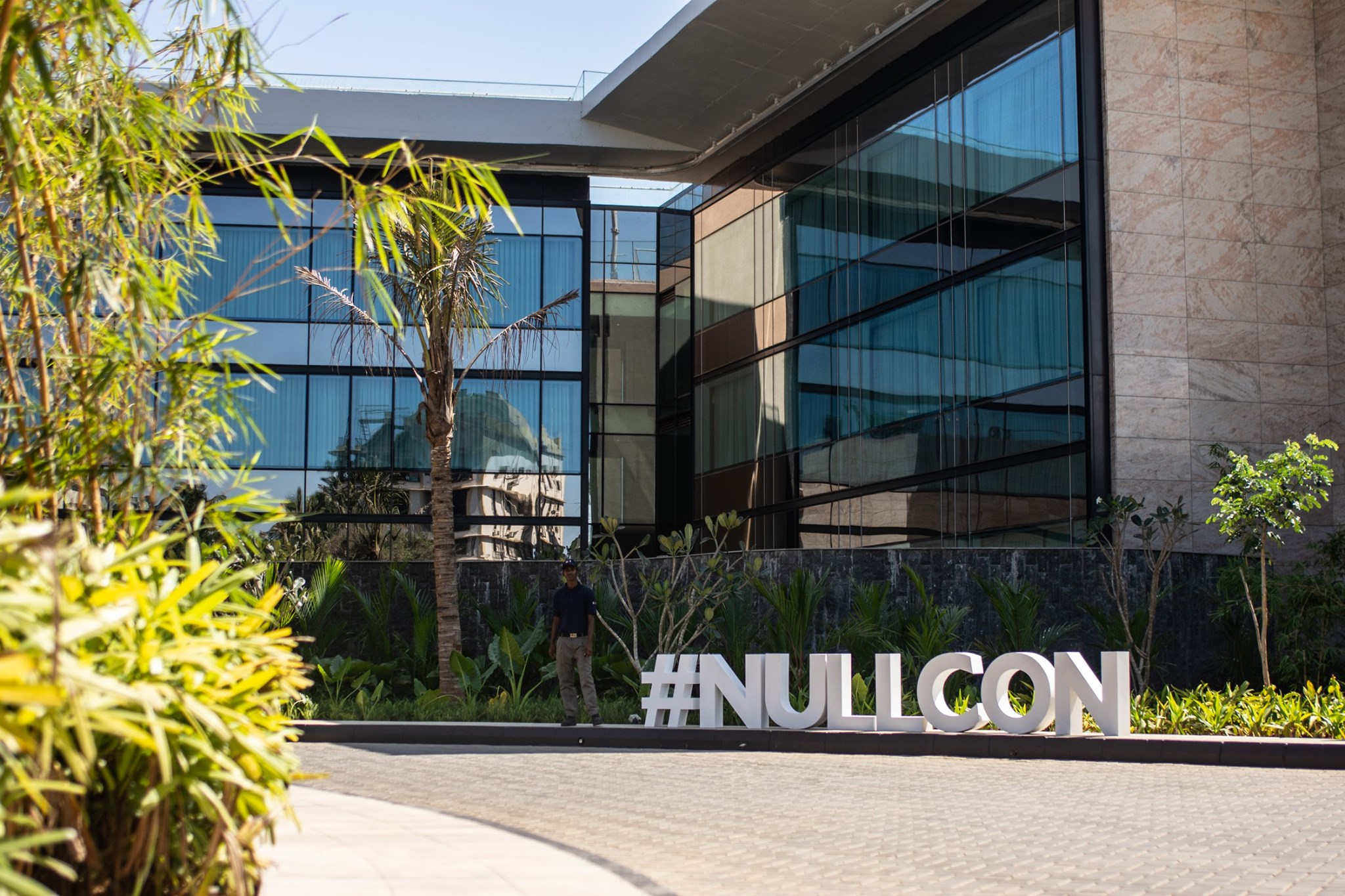by HARSH SHAH

As an organisation grows in business, infrastructure and resources, it also invites a potential risk of being the target of a security attack. Companies, therefore, must be cognizant of the fact that with the evolution of an organization’s infrastructure, the potential attack points increase manifold, said Himanshu Dubey, Director of Development at security giant Symantec.
In order to thwart attacks, an organization needs to use several layers of overlapping and mutually supportive defense systems instead of just one or two, said Dubey, emphasizing that security companies like Symantec are facing an active adversary, which presents a unique challenge as they have to constantly evolve security solutions to keep the malware authors at bay and their customers safe.
In the past few years, many organisations including, Uber, Dropbox and Zomato have faced targeted attacks. Targeted Attacks, usually created with a particular target in mind, are the biggest threats to large organisations, according to Dubey. They attempt to either steal confidential information or disrupt the functioning of critical operations.
Such attacks either use sophisticated malware or “live off the land” thus keeping themselves well hidden from all protection layers, sometimes even for months. The perpetrators of such attacks are well funded and hence have the means to test their malware against various security products beforehand thus avoiding detections. Detecting such attacks, hence remains a big challenge. Symantec is solving this by building data graphs, using the anonymized security telemetry collected from the organization, that can detect anomalies & help identify ongoing attacks, Dubey adds.
In order to stay ahead of the bad guys, the company has been mining security telemetry that is gathered from end-users. Mining this data allows us to understand user behaviour and identify security gaps and holes. Data security companies can also use this data to identify how malware evades protection and then utilize that information to improve existing technologies or building new technologies to prevent future attacks.
With infrastructure and technology evolving at such speed and usage of cloud and the internet of things (IoT) getting more mainstream, organisations need to invest in their security to safeguard their data.
According to Symantec’s 2017 Internet Cyber Security Threat Report, India ranked as the fifth most vulnerable country in the world in terms of potential cyber security breaches.
There’s a lot happening in India in terms of digitization causing industries to adopt advanced technologies such as cloud, analytics and IoT.
As cloud usage by both enterprises and consumers has become mainstream, its appeal to attackers has naturally increased. While cloud attacks are still in their infancy, 2016 saw the first widespread outage of cloud services as a result of a denial of service (DoS) campaign, serving as a warning for how susceptible cloud services are to malicious attack.
In a positive sign, India has slowly been witnessing an increased adoption of cyber security measures. A recent news report suggested that Indian organisations’ spend on cyber security now forms over 10 percent of their IT budget and is growing at a (CAGR) compound annual growth rate of 13.5% annually.

Mar 03, 2022

Mar 01, 2022

NULLCON ONLINE TRAINING SUCCESS STORY
Aug 24, 2020

WHAT IS RESUME AND CAREER CLINIC?
Apr 22, 2020

Harsh Shah
Harsh the money keeper of nullcon. He has the knowledge of not only credits and debits, he can run you through the GSTs equally well. An overall champ at his game, this guy surely is someone who knows his money as well as his C.A.